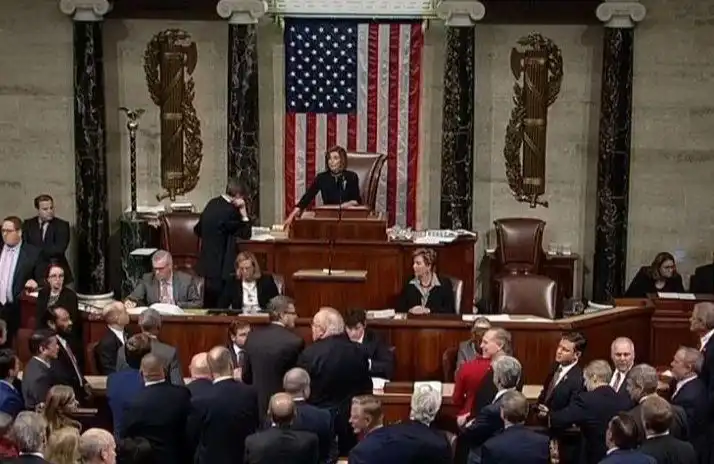Is Bitcoin Really Going to $90,000? Why Is It Still Falling?
The sentiment in the cryptocurrency community was very negative during the first week of November. Bitcoin had approached the low point of the "10.11" flash crash, and ETH had also dropped below $3,500. Apart from the privacy sector maintaining its high position, the rest of the cryptocurrency market experienced a waterfall drop, with over $1 billion in liquidations in a 24-hour period, seemingly becoming a common occurrence.
The decline certainly has some reasons behind it, which we will analyze in hindsight.
Industry Incidents
Two projects experienced issues consecutively. On November 3, the well-established DeFi project Balancer was hacked for $116 million due to a code issue. Balancer is part of DeFi infrastructure and is even older than Uniswap, so this code problem had a significant impact on the industry.
On November 4, a yield farming platform named Stream Finance pulled the rug, claiming a loss of $93 million. The cause of the loss was unspecified, and the community speculated that it happened on the day of the "10.11" flash crash.
The cryptocurrency world is not that big, and it lost another $200 million in just two days.
Macro Perspective
Looking at the global capital markets, on November 4, there was a worldwide downturn, with even record-high stocks in Japan and South Korea falling, along with pre-market declines in the US stock market.
Firstly, there were interest rate cuts. Last Wednesday, the Federal Reserve hinted at a December rate cut, suggesting that there was no urgency for a rate cut.
Moreover, there were net outflows in ETFs. Last week, Bitcoin's ETF in the US saw a net outflow of $802 million, and on Monday, November 3, there was another net outflow of $180 million.
On November 5, the US Supreme Court held oral arguments on the "tariff trial," questioning the legality of Trump's global tariffs. The uncertainty lies in the possibility that if the final ruling opposes Trump, the tariffs could be lifted, leading to subsequent policy adjustments.
The US federal government entered its 35th day of the shutdown, tying the record for the longest shutdown in US history. The government closure caused institutions to hedge high-risk assets, triggering a sell-off.
Assessment of the Bottom of the Decline
glassnode published a market insight stating that the market continues to struggle above the short-term cost basis (around $113,000), a key battleground for both bulls and bears. If it fails to reclaim this level, further retreat to the realized price of active investors (around $88,000) may be possible.
CryptoQuant CEO Ki Young Ju last night made a series of on-chain data statements indicating that the average cost of a Bitcoin wallet is $55,900, meaning that holders are on average profiting by about 93%. On-chain inflows remain strong. Price unable to rise due to weak demand.
10x Research CEO Markus Thielen said after the market downturn that Bitcoin is approaching the support line since the crash on October 10. If it falls below $107,000, it may dip to $100,000.
Chinese crypto KOL Banmuxia today publicly stated, "The traditional 4-year bull market cycle has ended, Bitcoin will gradually fall to $84,000, then experience several months of complex oscillation, and towards the end of next year and the beginning of the year after, it will follow the stock market's bubble-like surge to $240,000."
Currently, the only good news seems to be that historically, Bitcoin has seen an increase in November.
Welcome to join the official BlockBeats community:
Telegram Subscription Group: https://t.me/theblockbeats
Telegram Discussion Group: https://t.me/BlockBeats_App
Official Twitter Account: https://twitter.com/BlockBeatsAsia










